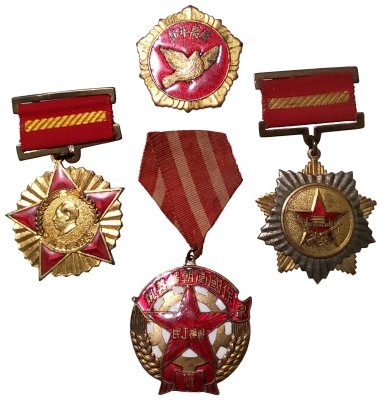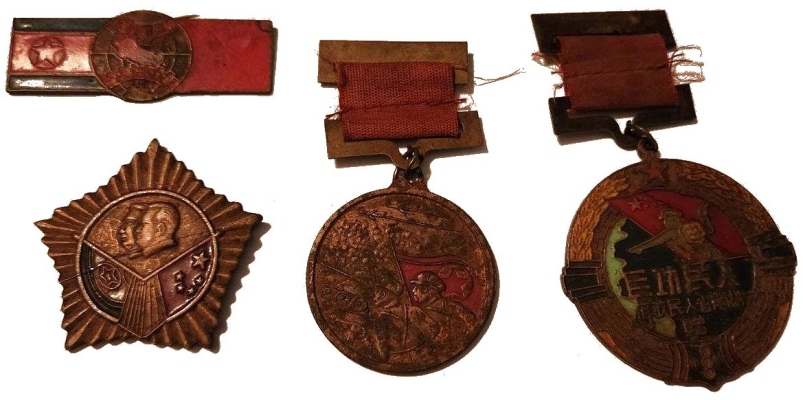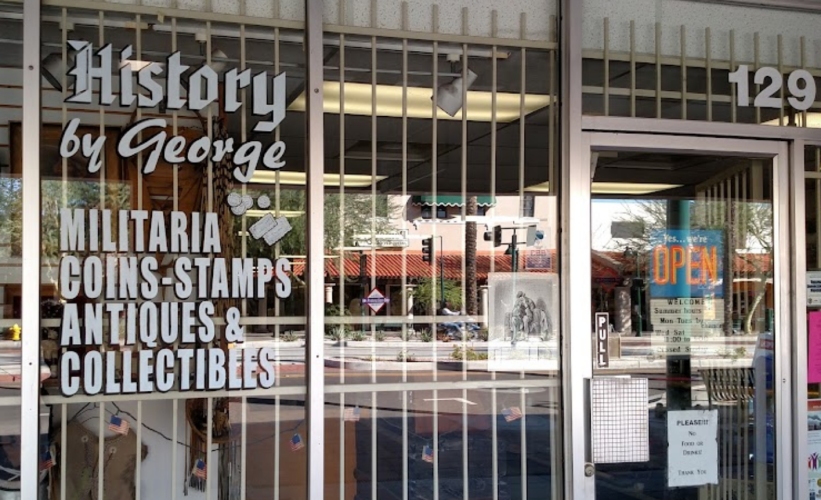
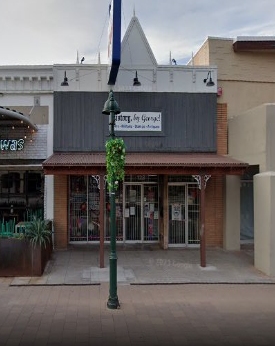
Mr. Notarpole is a well-known, knowledgeable and respected collector and dealer. His interests include militaria, historical antiques, edged weapons, medals, U.S. and foreign coins & currency, tokens, political, stamps, art and collectables, military books and much more. George and his wife, Ko, maintain a website at www.historybygeorge.com. A quick perusal of the website will reveal a broad range of interests. The items belonging to Mr. Notarpole, which are pictured on this website, are from his personal collection and are not for sale (believe me, I tried).
Their store is located at 129 W. Main St., Mesa, Arizona 85201. If you wish to visit the store, I suggest that you call them ahead of time, as they take a number of buying/selling trips every year. Most, but not all, of these trips are posted on their web-site. Their contact phone numbers are 480-898-3878 (Store) and 480-309-1217 (Cell) and he is generally available from 11:00 am to 5:00 pm, Tuesday through Saturday, Mountain Standard Time (MST). Keep in mind, Arizona does not observe Daylight Savings Time. You will find additional pictures of their shop here.
Korean Empire, Orders and Commemorative Medals
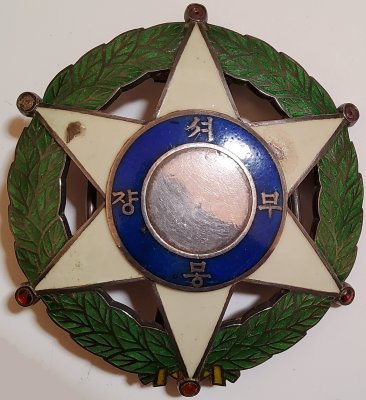
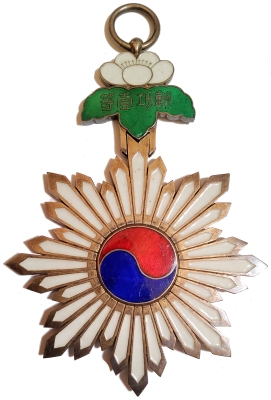
태극장
1st Class 一等
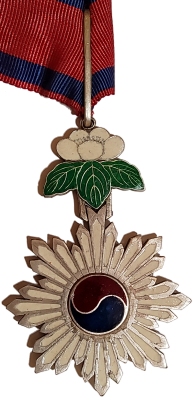
태극장
3rd Class 三等
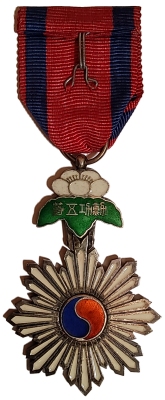
태극장
5th Class 五等
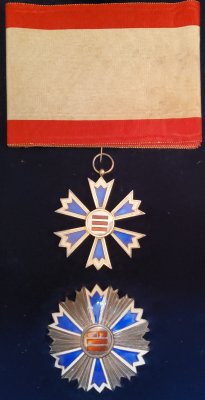
팔괘장
1st class 一等
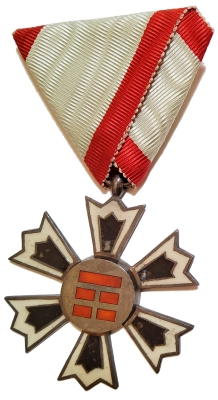
팔괘장
7th class 七等
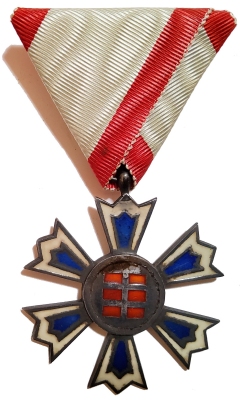
팔괘장
8th class 八等
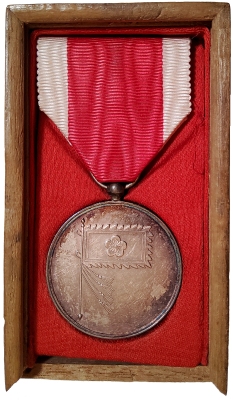
순종황제 남 서순행 기념장
Cased, cover not shown
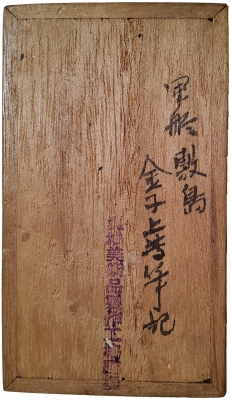
순종황제 남 서순행 기념장
Underside of case with recipients information.
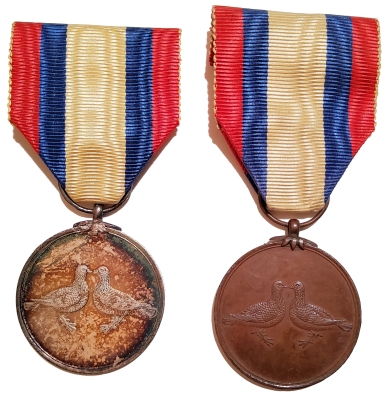
황태자 가례기념장
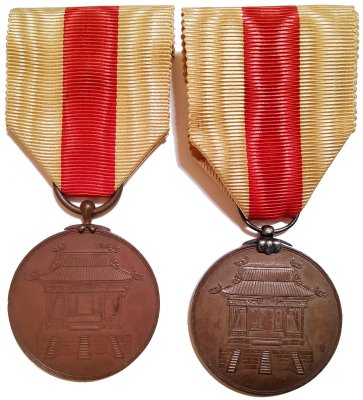
고종황제 망육순과 등극 40주년 기념장
Notice the two different suspension devices

순종황제 즉위 기념장
Award document and translation to the right.
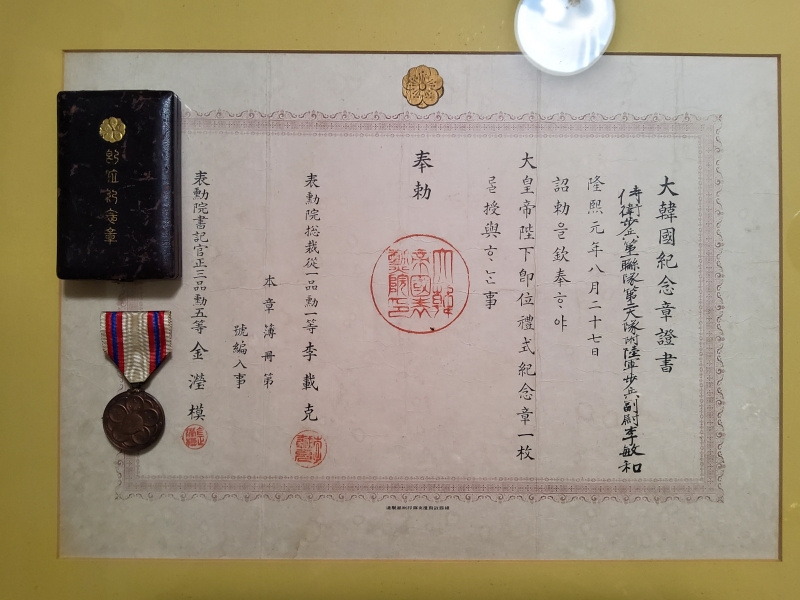
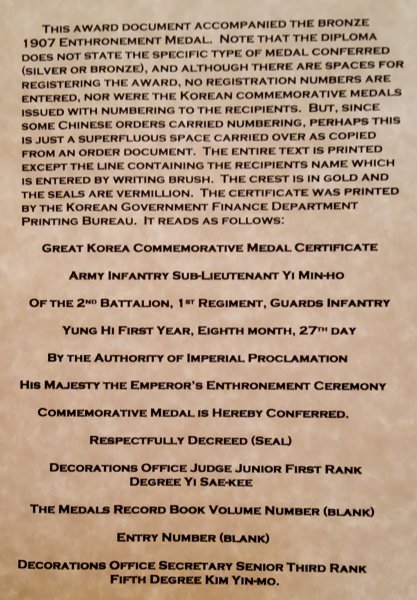
Japanese Colonial Period

Translation thanks to Nick at Medals of Asia.
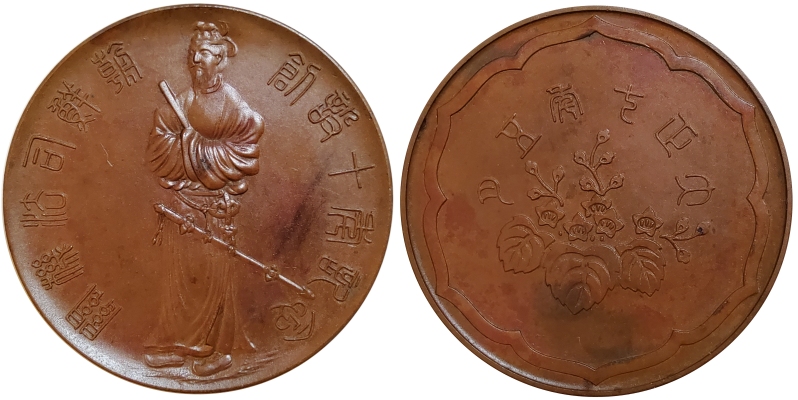
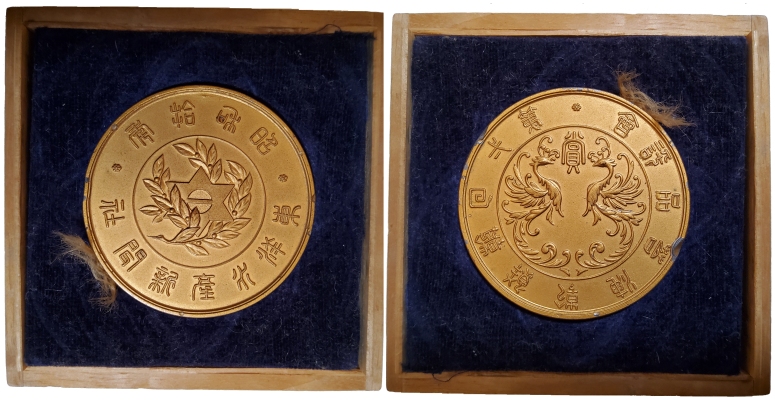
Swords
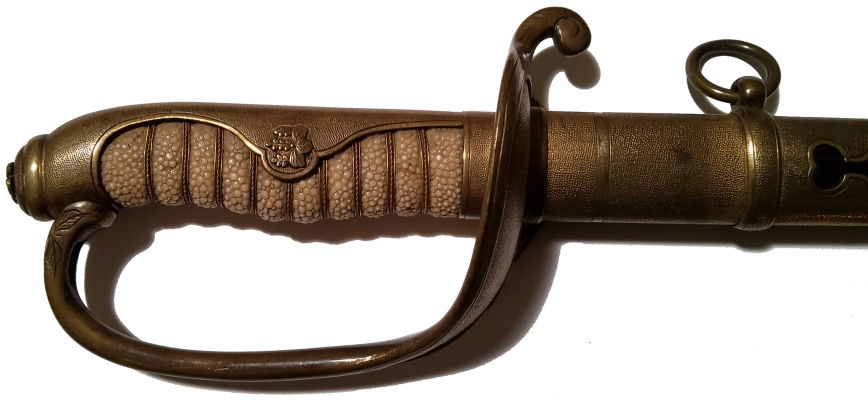
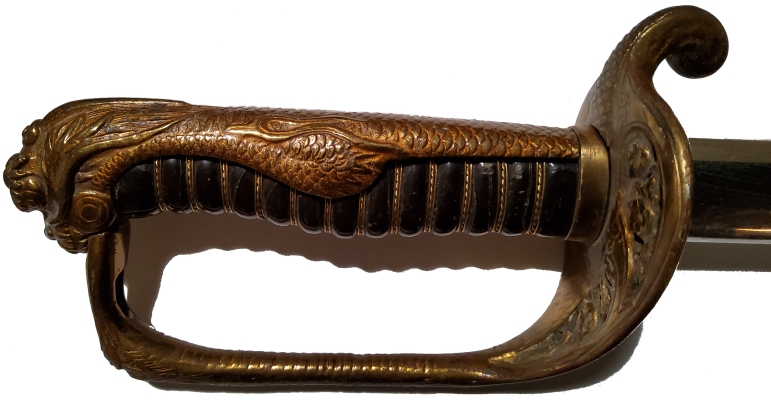


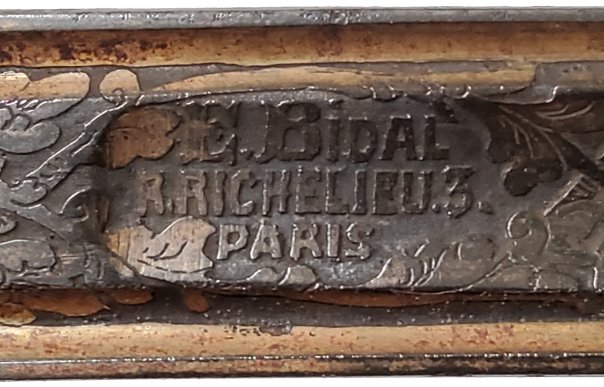
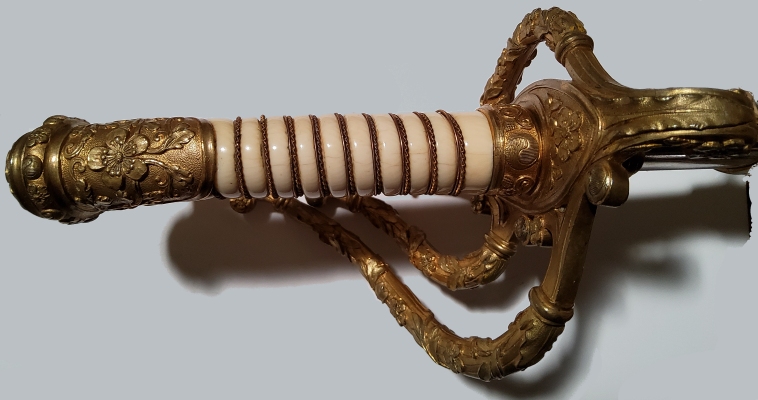
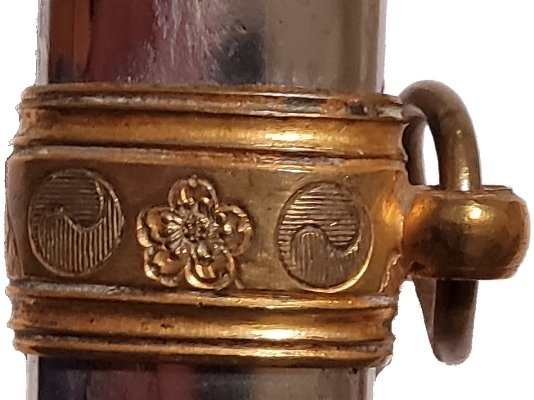
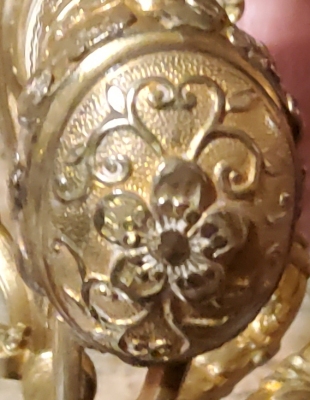
Post World War II
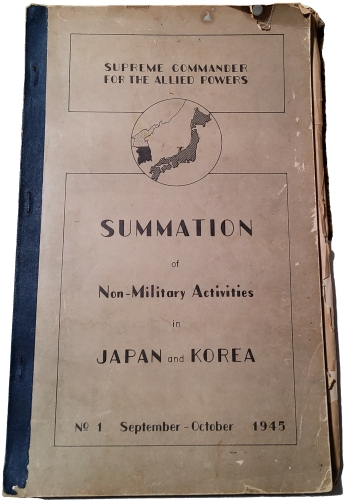
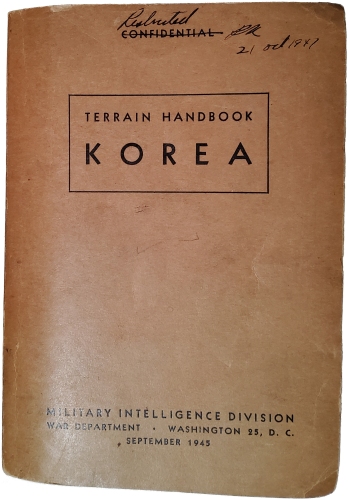
Much of this volume was taken from captured Japanese maps that were created for the exploitation of Korea.
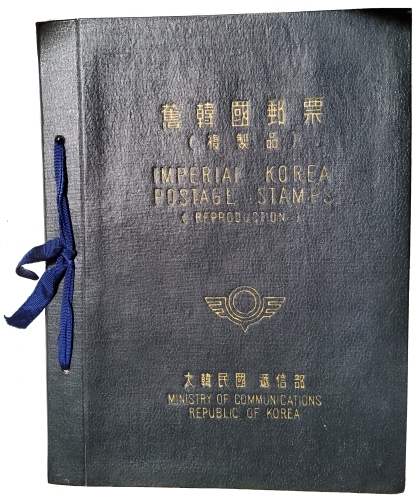
Published by the Ministry of Communications, Republic of Korea
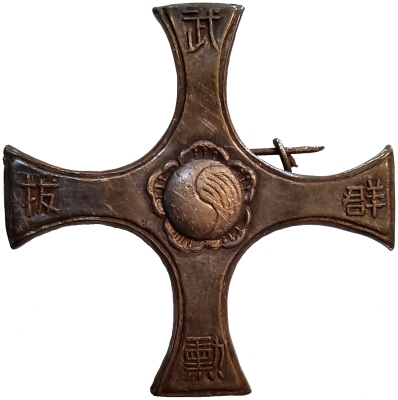
武勳拔群章 (무훈발군장)
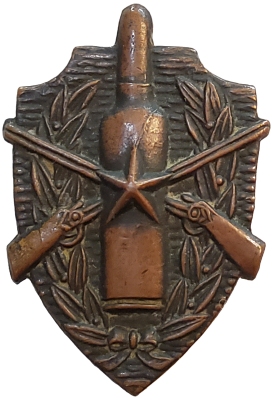
Korean War Period
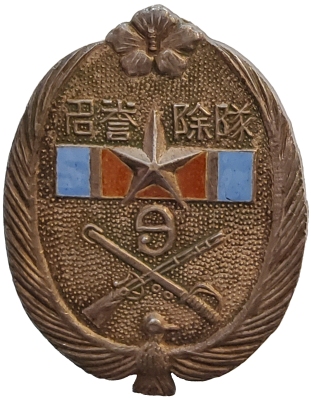
隊除誉召 (대제예소)
The red and blue ribbon bar is for the Standard Wound Medal
Orders and Medals of the Republic of Korea
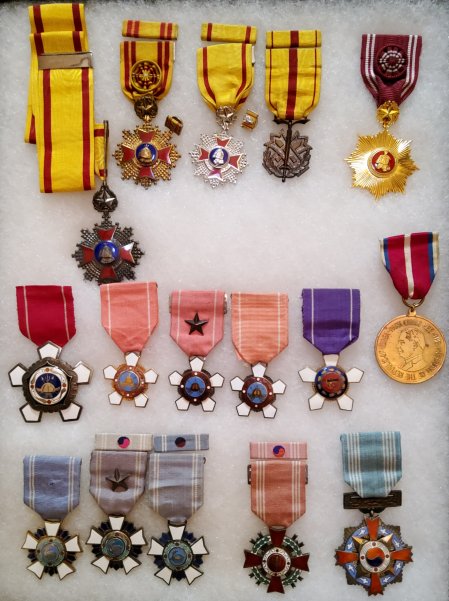
Order of Military Merit, 1967 Series, Chungmu (3rd Class)
Order of Military Merit, 1967 Series, Hwarang (4th Class)
Order of Military Merit, 1967 Series, Inhun (5th Class)
Military Merit Medal, 1967 Series
Order of Military Merit, 1973 Series, Hwarang (4th Class)
Order of Military Merit, May 1951 Series, 4th Class
Order of Military Merit, August 1951 Series, Hwarang (4th Class)
Order of Military Merit, August 1951 Series, Hwarang with star (4th Class)
Order of Military Merit, August 1951 Series, Hwarang (4th Class)
Order of Military Merit, 1963 Series, Inhun (5th Class)
President Park Chung-hee Medal
Order of Military Merit, August 1951 Series, Chungmu (3rd Class)
Order of Military Merit, August 1951 Series, Chungmu with star (3rd Class)
Order of Military Merit, August 1951 Series, Chungmu (3rd Class)
Order of Military Merit, August 1951 Series, Ulchi (2nd Class)
Order of Military Merit, August 1951 Series, Taeguk (1st Class)
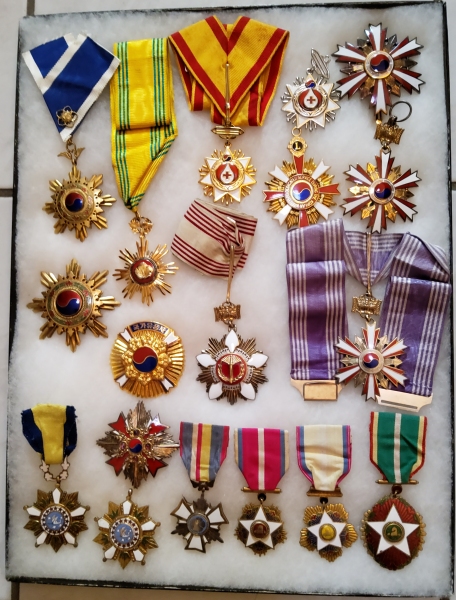
Order of National Foundation, 1963 Series, Bokjang (2nd Class)
Order of Civil Merit, 1973 Series, Dongbaeg (3rd Class)
Red Cross Blood Donation Medal, Gold (50 Pints)
Red Cross Blood Donation Medal, Silver (30 Pints) w/o ribbon
Just below the silver medal is a Lions Club Medal
Order of National Security Merit, 1973 Series, (1st or 2nd Class)
(To the right and just below the National Foundation Breast star)
Merited Persons Medal (Full size only comes as a breast star)
Order of National Security Merit, 1971 Series, Gugseon (2nd Class) missing Breast Star
Order of National Security Merit, 1973 Series, Gugseon (2nd Class) missing Breast Star
Order of Service Merit, possibly 1961, ’62, or ’63 Series, Class unknown
Order of Diplomatic Service Merit, 1973 Series, 1st or 2nd Class, Breast Star only
Order of Service Merit, possibly 1961, ’62, or ’63 Series, Class unknown
Order of Cultural Merit, 1957 Series, National Medal (3rd Class)
Order of the White Star, 1952 Series, Red Stripes (3rd Class)
Order of the White Star, 1952 Series, Yellow Stripes (2nd Class)
Order of the White Star, 1963 Series, Green Stripes (4th Class)
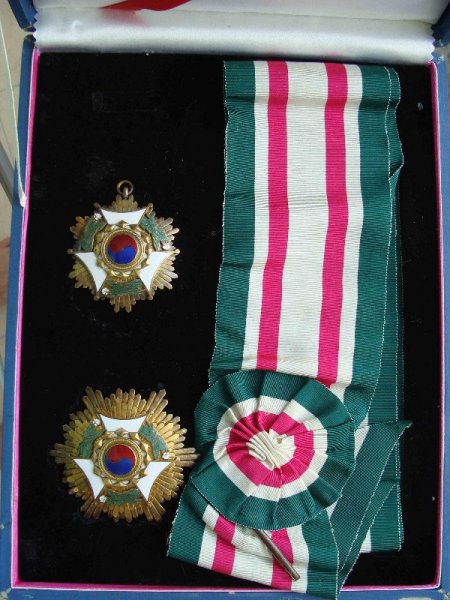
수교훈장 (樹交勳章)
1st Class, 1962 Series with Case.
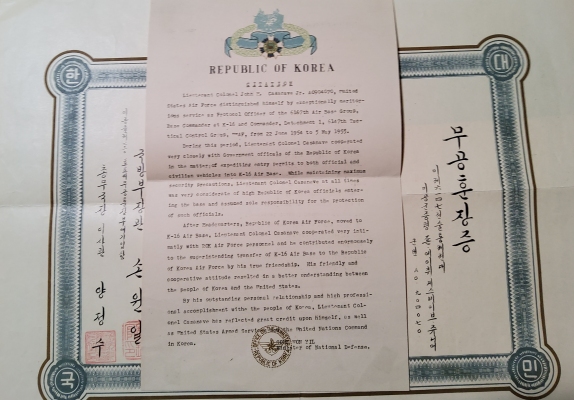
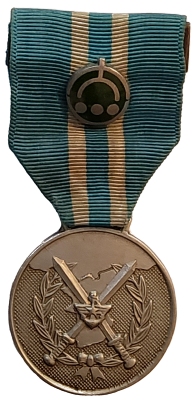
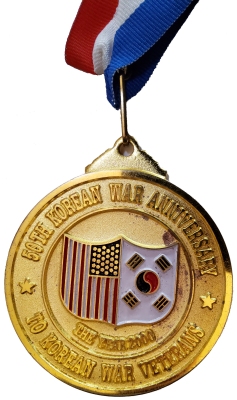

This is the same ribbon as used on the Order of the White Star, 1952 Series, Red Stripes Class Medal which can be found in the second tray.
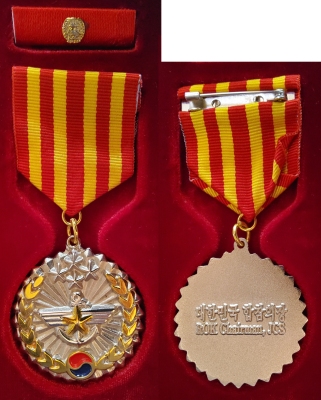

Korean War – Military Forces
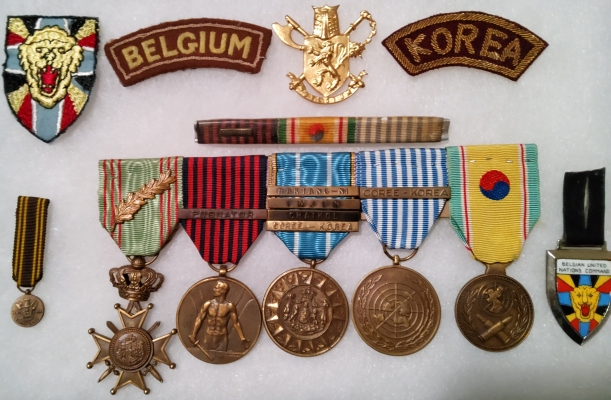

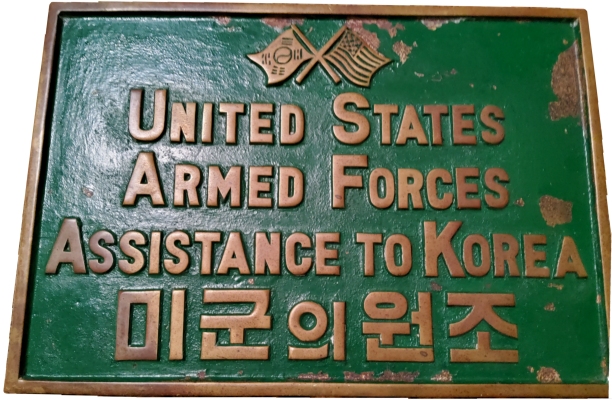
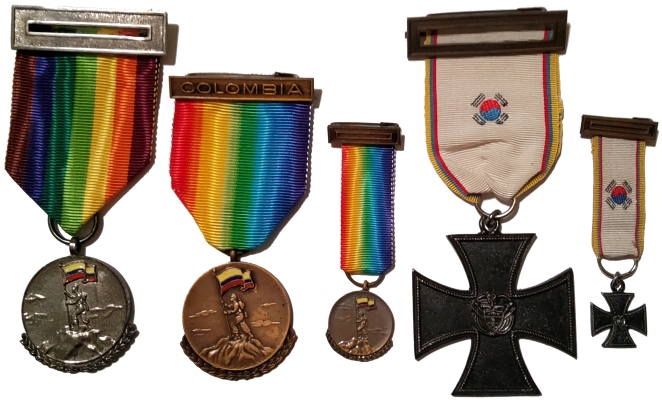
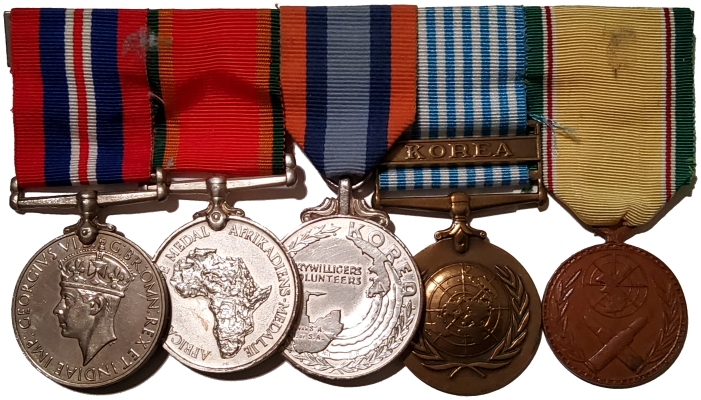
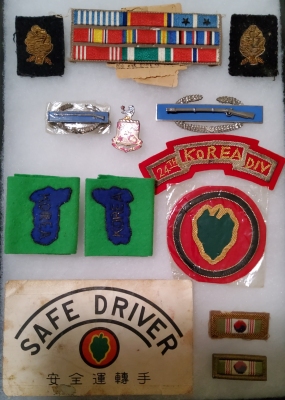
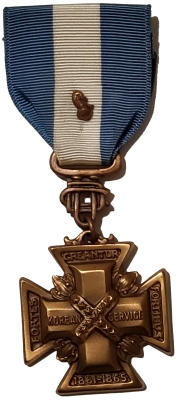
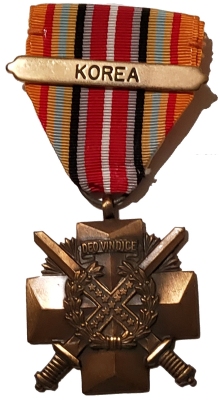
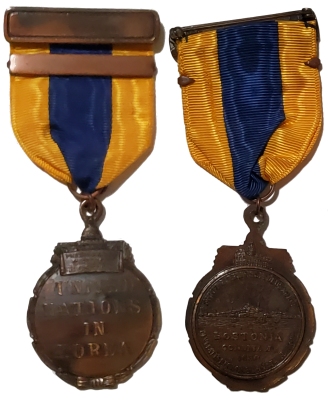
Korean Service Medal
G.I. Souvenirs
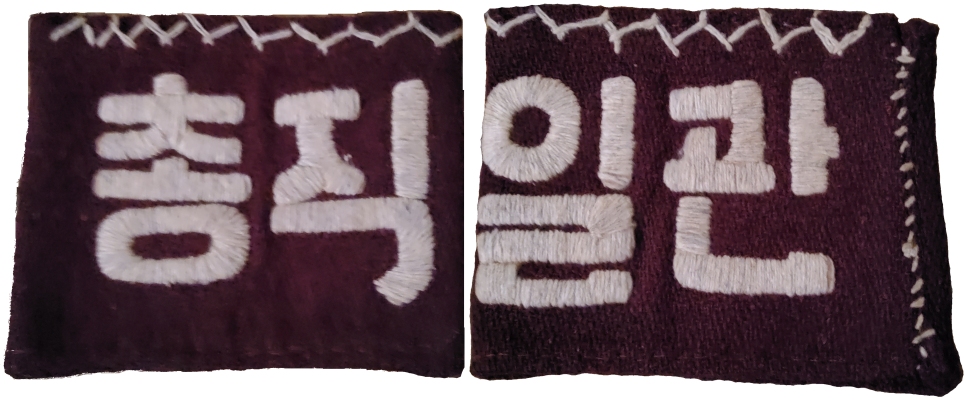
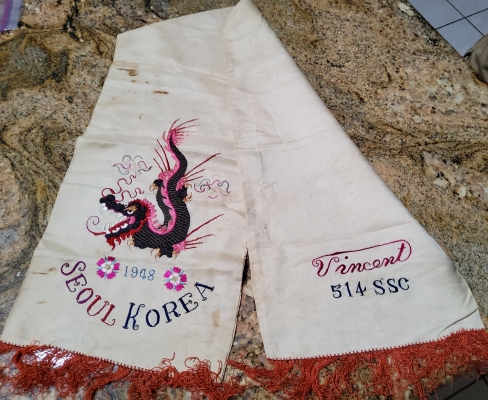
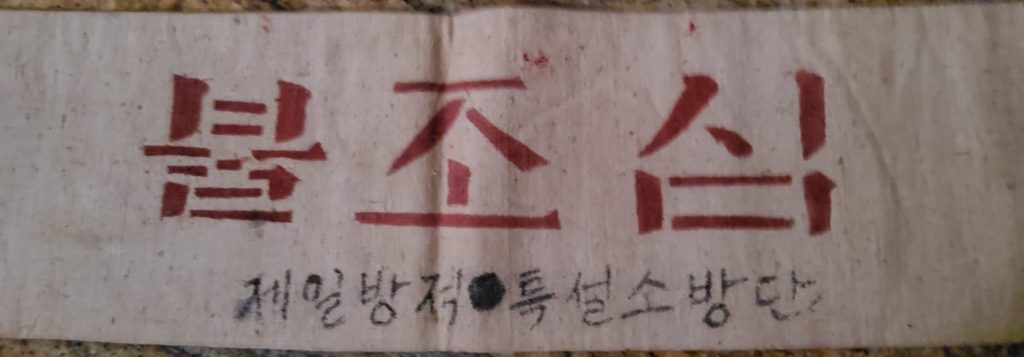


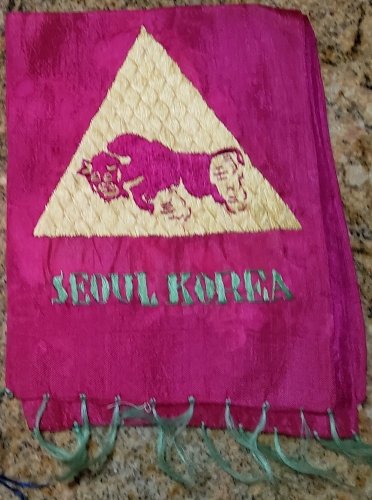


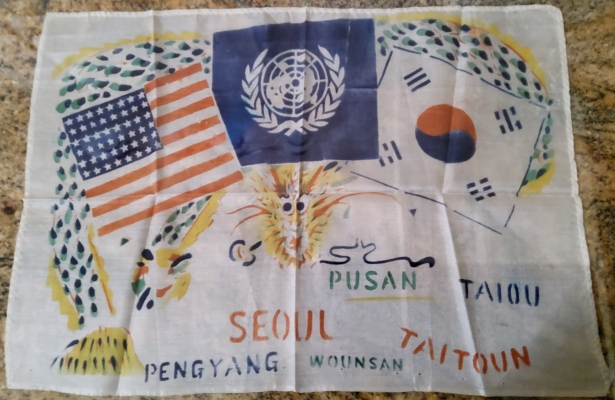
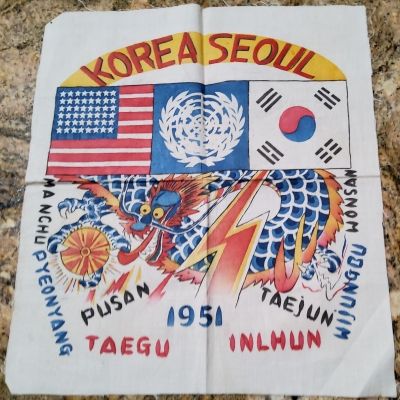


The English text is not an accurate translation of the Korean
이는 불시착륙한 미국 병사이다 가장 가까운 국제연합군대에 연락인도하여 주시면 우리는 당신에게보답 하겠음니다
This is an American soldier who crash-landed. Contact and guide the nearest United Nations forces. Give and we will repay you.
At this time in Korean history, Koreans generally did not use any punctuation.
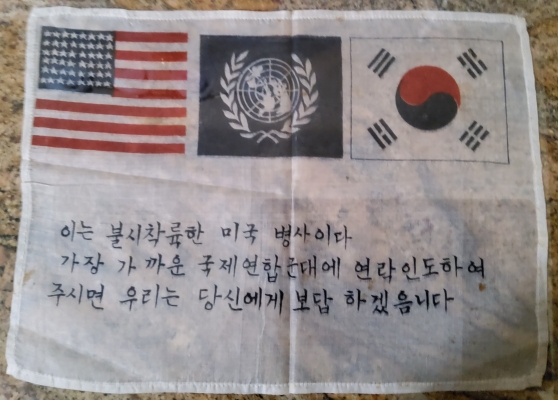
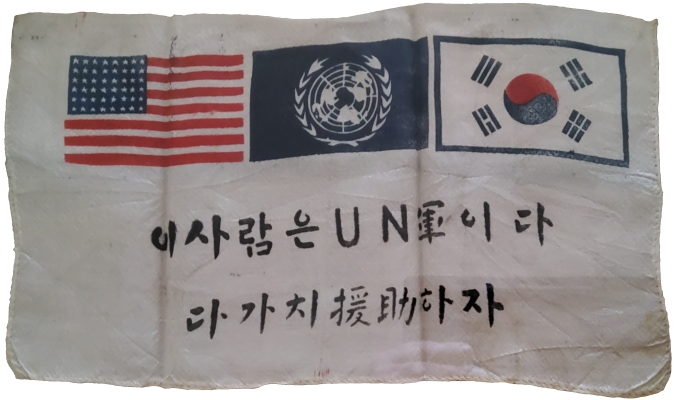
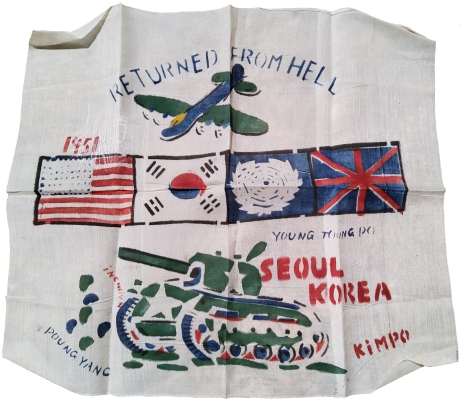
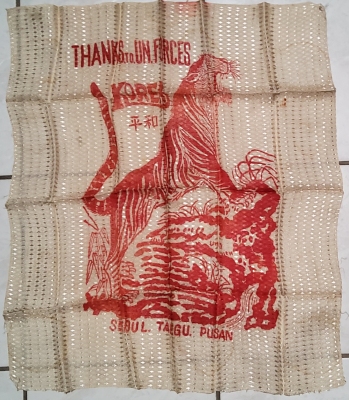

Concerning the flag at the left.
The three Chinese characters, on the right-hand side, are 谷城班 (곡성반). The first two characters are Gokseong 谷城 (곡성). A straight outward translation is “Valley Castle”. (In Japanese it is the surname for three different families: Tanishiro, Tanijou and Yashiro.) Gokseong is a geographical location in South Jeolla Province 전라남도 (全羅南道), South Korea. The province is also known as Jeonnam 전남. There is both a Gokseong County 곡성군 and Gokseong town곡성읍. Gokseong is very near Jiri Mountain 지리산 (Jirisan). The third Chinese character is 班 (읍) can mean group; party; class, but in this case, it probably translates as “(military) squad”. So, the entire phrase 谷城班 (곡성반) translates as Gokseong (military) squad. The characters on the left-hand side of the flag is a poetic expression written in Traditional Chinese: “We should return the country back to the old glory days. May you be blessed with many descendants to care for you in your old age.” I am unable to elaborate on this expression.
Some background information:
In a six-month period from July to December 1949, the Korean army mounted 542 separate counter-guerrilla actions, nearly three operations per day. On Apr. 15, 1949, the National Korean Police Bureau established a Special Police Force specifically for the Jiri Mountains. After the Inchon landing, thousands of North Korean troops turned to guerrilla actions, especially in the area around Jiri San. In November 1950, the UN Command reported; “The scope and effectiveness of guerrilla activities kept approximately 30 percent of the total UN troop strength in Korea engaged in anti-guerrilla operations, diverting combat units from front-line duty and precluding formation of adequate reserve.”1 The following month, Police Combat Commands were established in the Taebaik and Jiri Mountain Areas. Another Police Combat Command was established in April 1953 for the Southwest Area of Korea. The Southwestern Combat command was disbanded in June 1955, almost two full years after the end of the Korean War. It wasn’t until May 9, 1957, that the Korean government was finally able to clear the Jiri Mountain area.2 The “Anti-Guerrilla Warfare Service Medal” was created in 1951, for the troops who fought to clear Communist insurgents.3
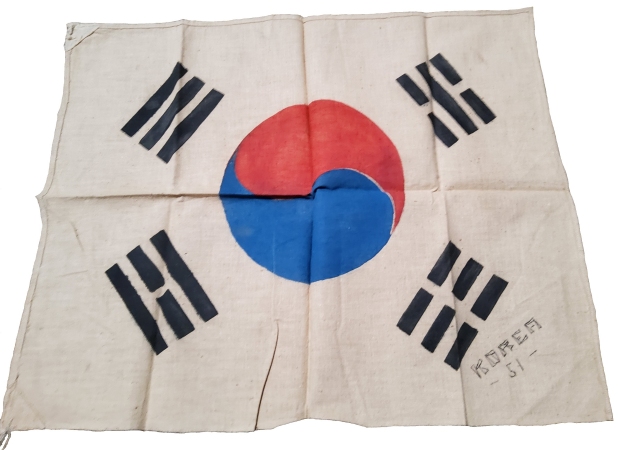
Dated 1951
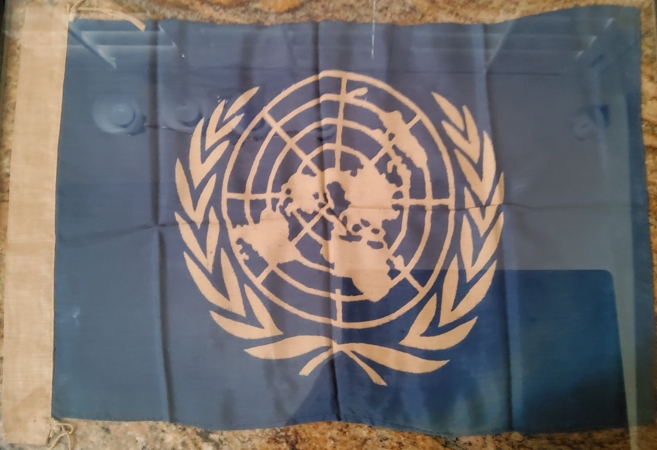
Had to place under glass to keep flat – hence the reflection
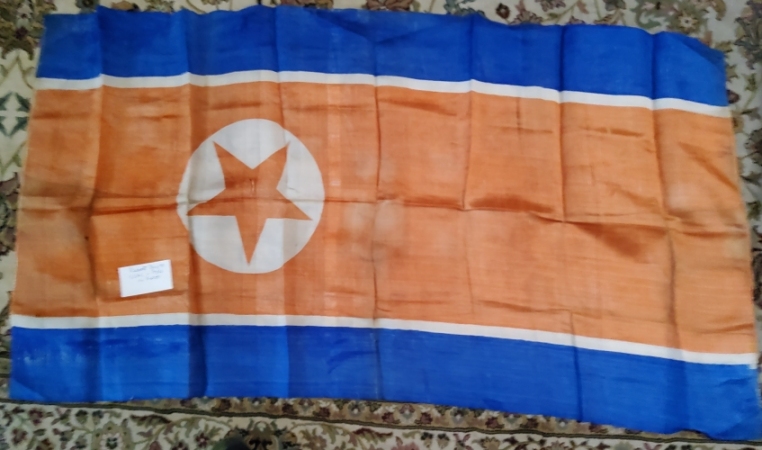
Purportedly because the star is off-center, this is an army flag or battle flag, but, this is the standard flag of the Democratic Peoples Republic of Korea
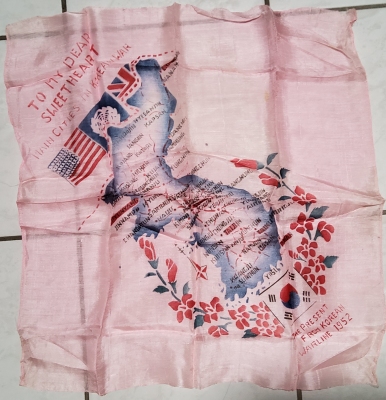
(You can see the floor tiles through the scarf.)
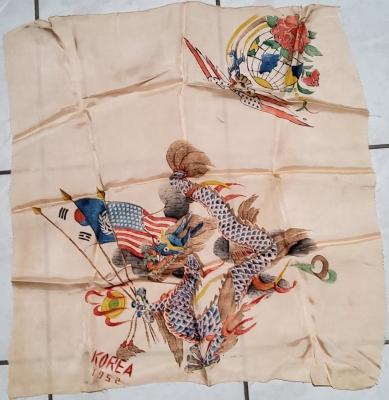
Dated 1952
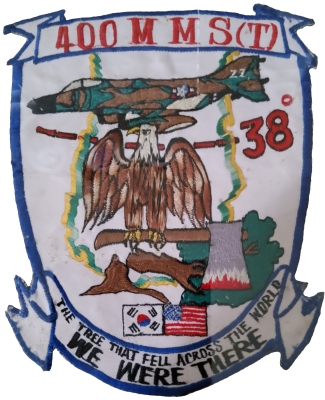
Major General Archer Lynn Lerch
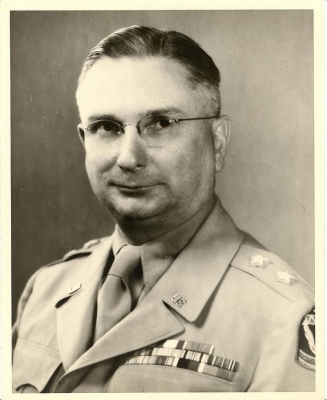
This picture not part of the collection.
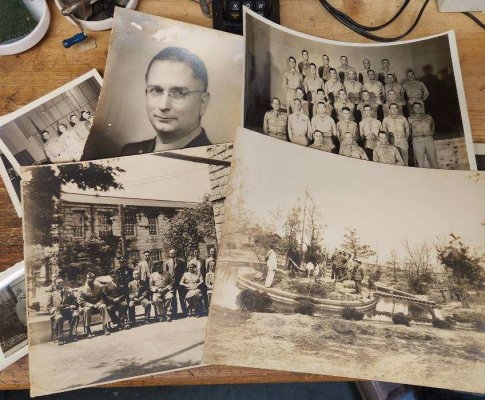
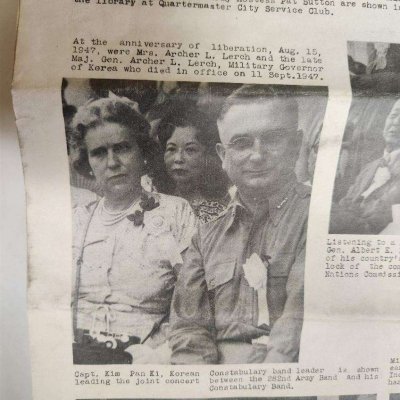
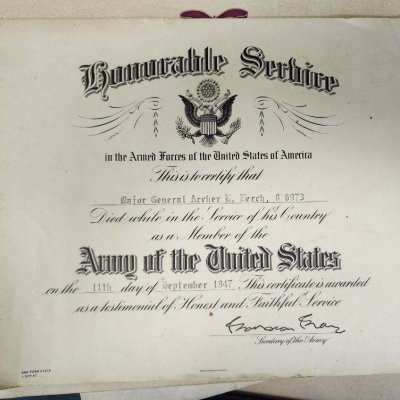
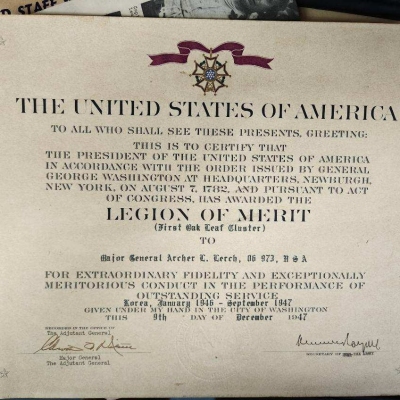
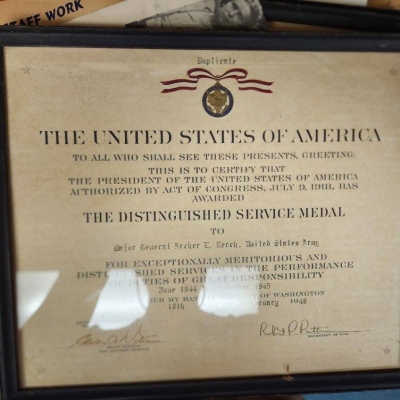
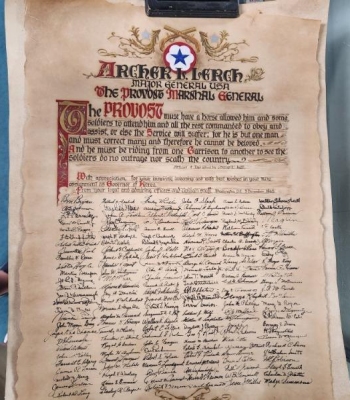
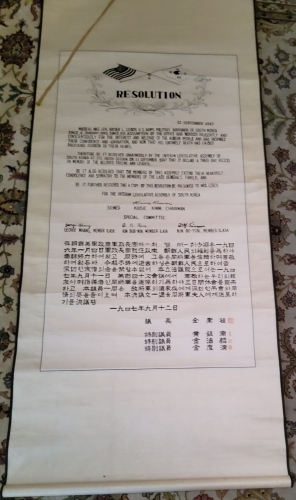
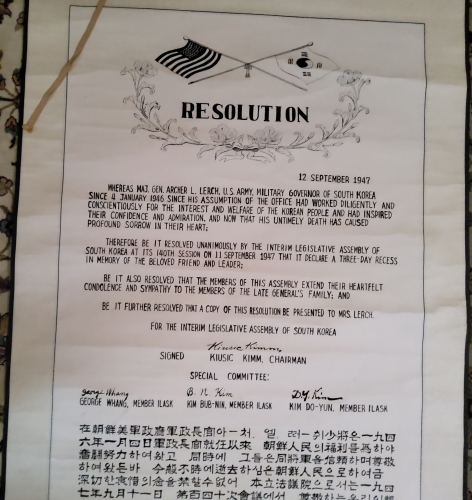
North Korea
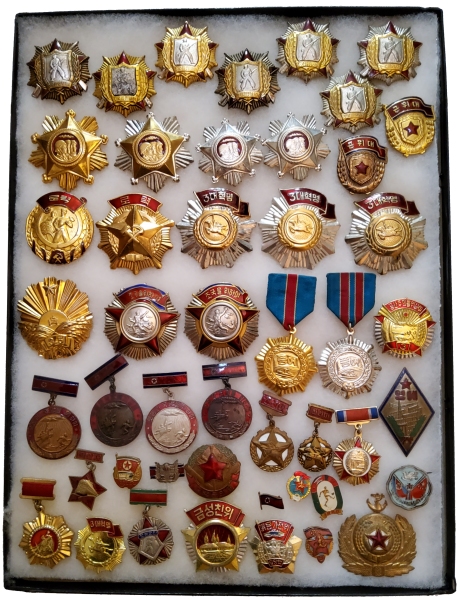

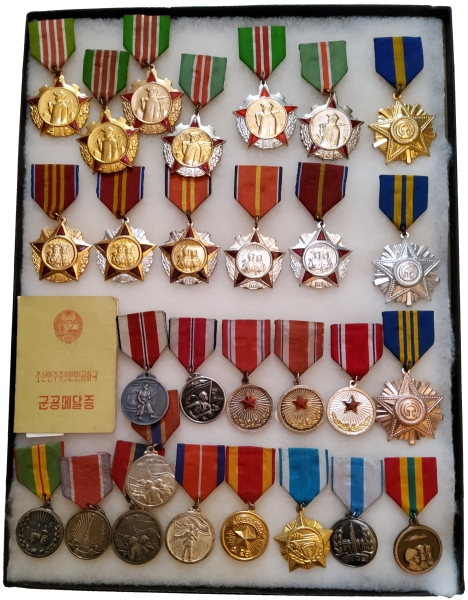
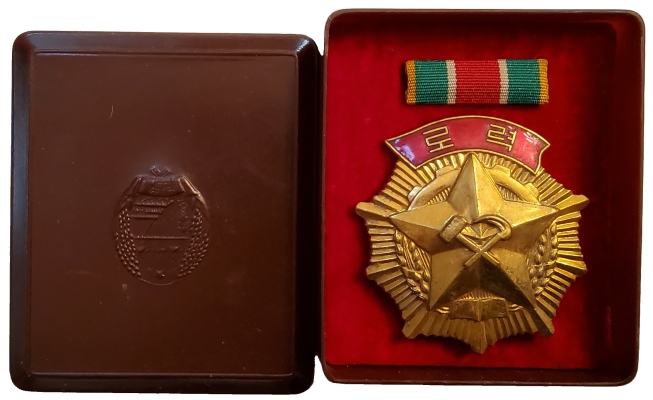
Current Issue – Cased
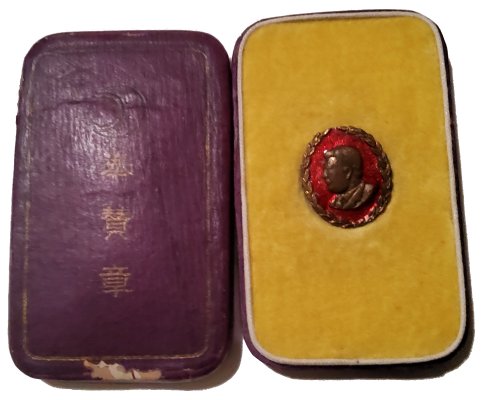
Nick at Medals of Asia believes this was manufactured by the Ando Workshop out of Nagoya and Tokyo, Japan. See the case cover that is on his website. This pin may have been manufactured for the Association of Korean Residents in Japan, Chōsen Chongryon 조선총련 (朝鮮総連), which is a pro-North Korean organization. See my webpage on “Koreans in Japan Today”.
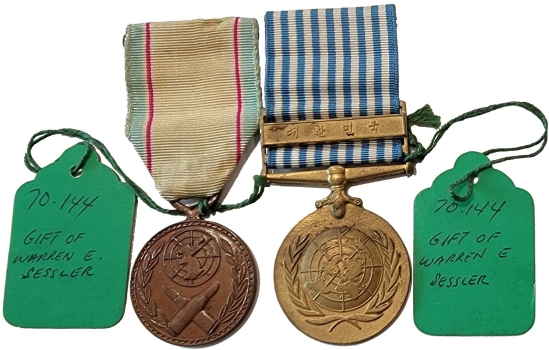
Not part of the George Notarpole collection.
For more extensive information on North Korean Orders and Medals, see:
- Military and Civil Awards of the Democratic People’s Republic of Korea (DPRK), by Warren E. Sessler and Paul D. McDaniel jr. (This is the definitive work on the subject.)
- Orders and Medals of the Democratic Peoples Republic of Korea, by David Cabral (This was an early pioneering work on the subject.)
- Orders, Decorations, and Medals of the Democratic People’s Republic of Korea, by Col. William A. Boik, USAR (Ret)
China
